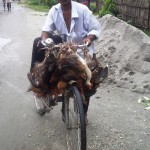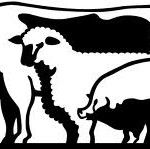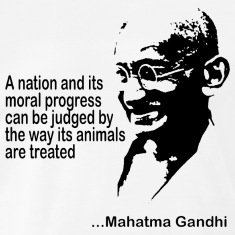
( By Dr.M.Hazarika, Professor, Department of Livestock Product Technology, Assam Agricultural University) The people of North East India (NER) have strong preference for foods of animal origin. (Please refer Percapita_Meat_Consumption_NER and Av_Expenditure_perperson_on_Meat ) The ethnic and tribal groups are confined to their traditional…






